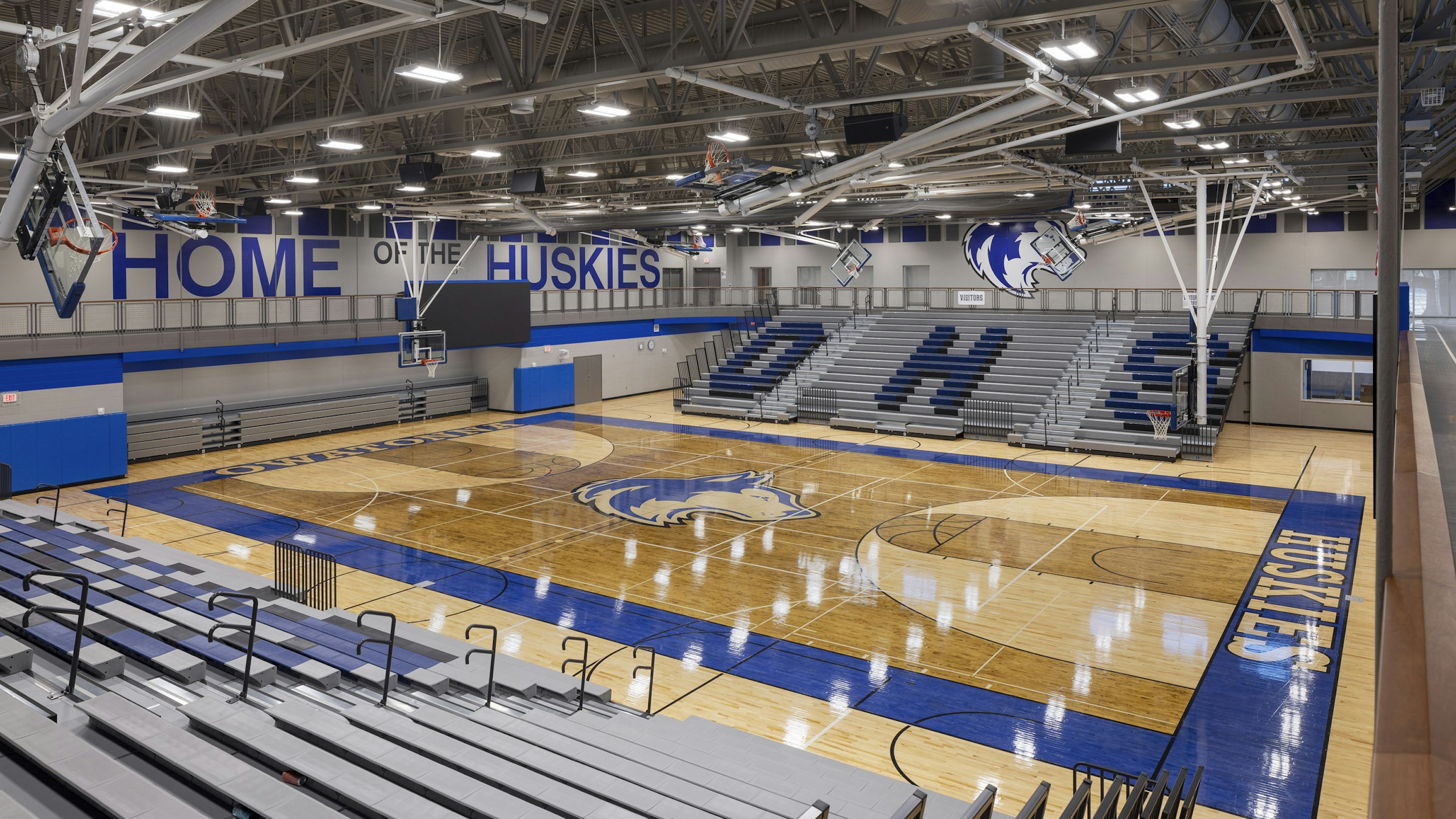
Education and curriculums are in a constant state of transformation, and the design of educational spaces plays a vital role in shaping the learning experience. With a new year comes new opportunities and ideas set to redefine the way students learn, teachers educate and staff support the growth, well-being and security of all who occupy their facilities.
As we enter 2024, we asked our team of education leaders across our offices in Colorado, Illinois, Minnesota and Tennessee for some of the most notable opportunities shaping educational facilities across the country. Continue reading for our 4 for ‘24 and the design recommendations you should consider in the new year.
Integrating geothermal and other sustainable energy options into designs
Sustainable design is more than just a trend; it’s a responsible approach to building our future. Thanks to recent changes in federal legislation, government entities and nonprofits can now benefit from a tax credit for solar power generation and energy property, including geothermal and energy storage systems. The tax credit can scale up to 70% for projects meeting specific criteria, and we’re helping our clients explore how to best implement these initiatives.
Our team is proud to be involved in projects implementing geothermal energy at innovative and forward-thinking schools, some of the first in the country. We’re also seeing increased requests for more solar panel designs included in renovations and new builds. To ensure the best opportunities for budgets and incorporation, we encourage districts to consider these options in early planning conversations to best align with the federal government’s goal of a more sustainable future.
Creating spaces that welcome not only students but the entire community
Whether at the college level or in K-12 districts, there has been a shift toward expanding the purpose of schools beyond a narrow academic focus. Several of our clients are looking at how to engage both students and the community in more recreation activities through school rec centers that double as community centers for the public. These facilities typically include more thoughtful design aspects to ensure students’ safety while creating more well-rounded citizens.
Additionally, many districts are taking community services in-house by including designated areas for family and community engagement, critical human services support and enriched learning opportunities that address real-world experiences. These full-service community schools are designed to help districts support students and their families, becoming a community hub that encourages high-quality learning opportunities. All of these public areas and aspects of schools help create more equitable opportunities for students, parents and the community.
Determining the right time to replace versus renovate
In the new year, our team expects a greater focus on long-range planning, especially using state guidance, engineering assessments and facility condition indexes to better predict the structural integrity and long-term financial sustainability of these decisions. Partnering with an architect can help districts plan early and determine whether the proposed plan meets and supports future curriculum, enrollment and safety goals for all current and anticipated staff and students.
When facilities begin deteriorating, districts often face the question of whether to replace or renovate. As buildings approach their natural lifespan, this decision most often centers around financial concerns; however, there are many other factors to consider before jumping to a decision. A long-range plan can help lay out needs, wants and dreams to best plan for the future.
Continued emphasis on CTE and career exploration
Career and Technical Education (CTE) spaces have been increasing in popularity over the last few years in schools across the country as an alternative way to support career pathway programming for students. More students are considering community college or trade schools to avoid university-level student loans. According to NPR, there are roughly 30 million jobs in the United States that do not require a bachelor’s degree, leaving room for CTE spaces to take a larger role in preparing students for the technical demands of the modern workplace.
Schools are creating small learning communities where hands-on learning can occur, including nursing, culinary arts, digital fabrication, science & engineering, yearbook/publications and more. Not only do these spaces benefit the students, but they work to create talented individuals that help their local community thrive. Districts are even collaborating extensively with local business partners to create community-driven legacies that emphasize local opportunities for graduates who may continue to live in the area.
Our expert team is committed to serving as a trusted advisor to our clients and industry partners. Do you want to connect further with our team for your upcoming projects in 2024 and beyond? Get in touch today!